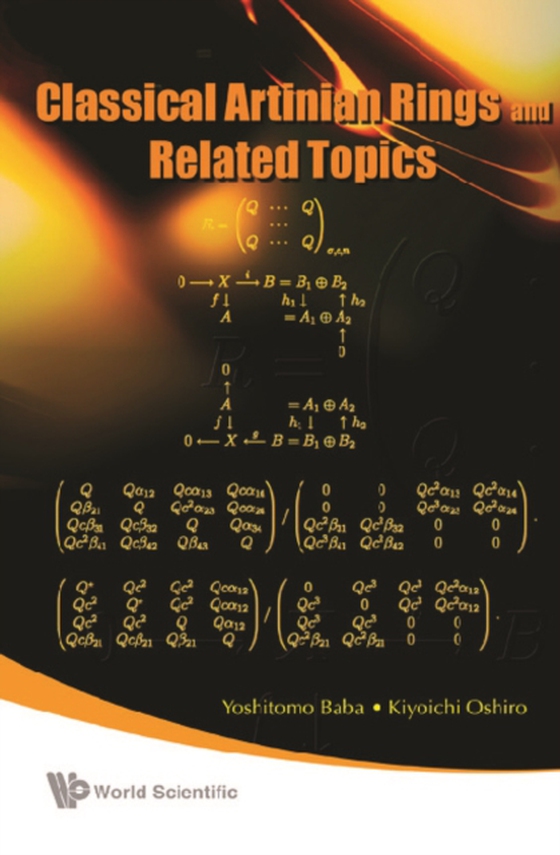
Classical Artinian Rings And Related Topics e-bog
337,32 DKK
(inkl. moms 421,65 DKK)
Quasi-Frobenius rings and Nakayama rings were introduced by T Nakayama in 1939. Since then, these classical artinian rings have continued to fascinate ring theorists with their abundance of properties and structural depth. In 1978, M Harada introduced a new class of artinian rings which were later called Harada rings in his honour. Quasi-Frobenius rings, Nakayama rings and Harada rings are very...
E-bog
337,32 DKK
Forlag
World Scientific
Udgivet
4 september 2009
Længde
312 sider
Genrer
PBG
Sprog
English
Format
pdf
Beskyttelse
LCP
ISBN
9789814466813
Quasi-Frobenius rings and Nakayama rings were introduced by T Nakayama in 1939. Since then, these classical artinian rings have continued to fascinate ring theorists with their abundance of properties and structural depth. In 1978, M Harada introduced a new class of artinian rings which were later called Harada rings in his honour. Quasi-Frobenius rings, Nakayama rings and Harada rings are very closely interrelated. As a result, from a new perspective, we may study the classical artinian rings through their interaction and overlap with Harada rings. The objective of this seminal work is to present the structure of Harada rings and provide important applications of this structure to the classical artinian rings. In the process, we cover many topics on artinian rings, using a wide variety of concepts from the theory of rings and modules. In particular, we consider the following topics, all of which are currently of much interest and ongoing research: Nakayama permutations, Nakayama automorphisms, Fuller's theorem on i-pairs, artinian rings with self-duality, skew-matrix rings, the classification of Nakayama rings, Nakayama group algebras, the Faith conjecture, constructions of local quasi-Frobenius rings, lifting modules, and extending modules. In our presentation of these topics, the reader will be able to retrace the history of artinian rings.
 Dansk
Dansk

